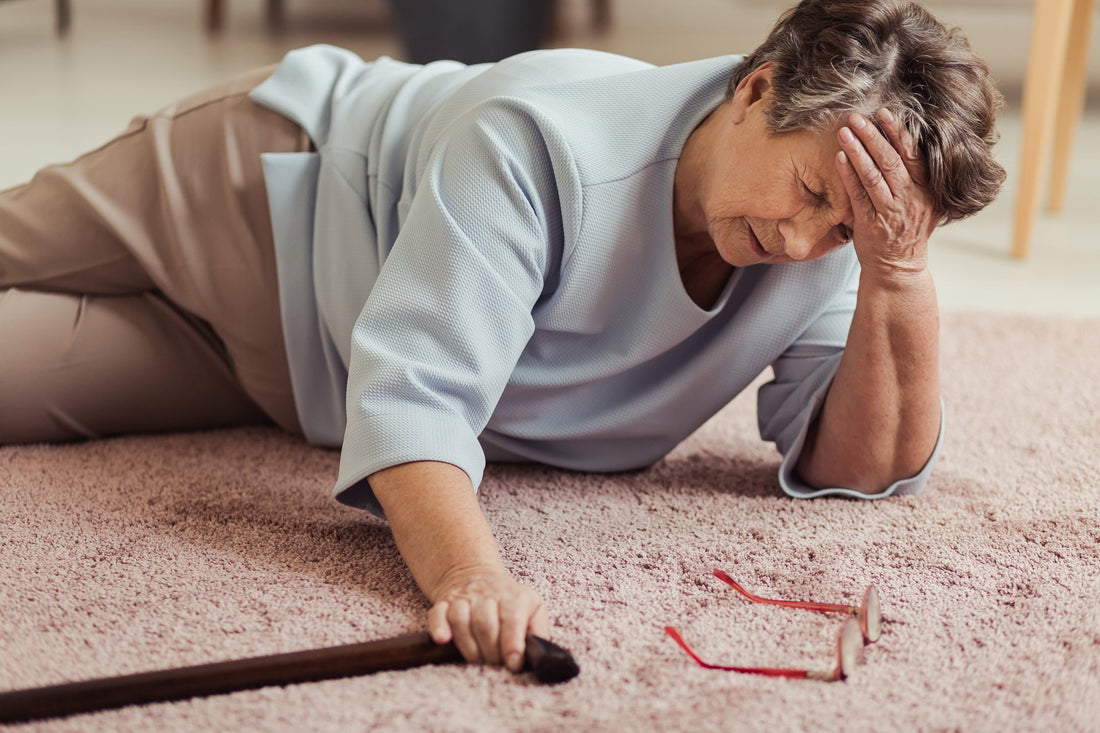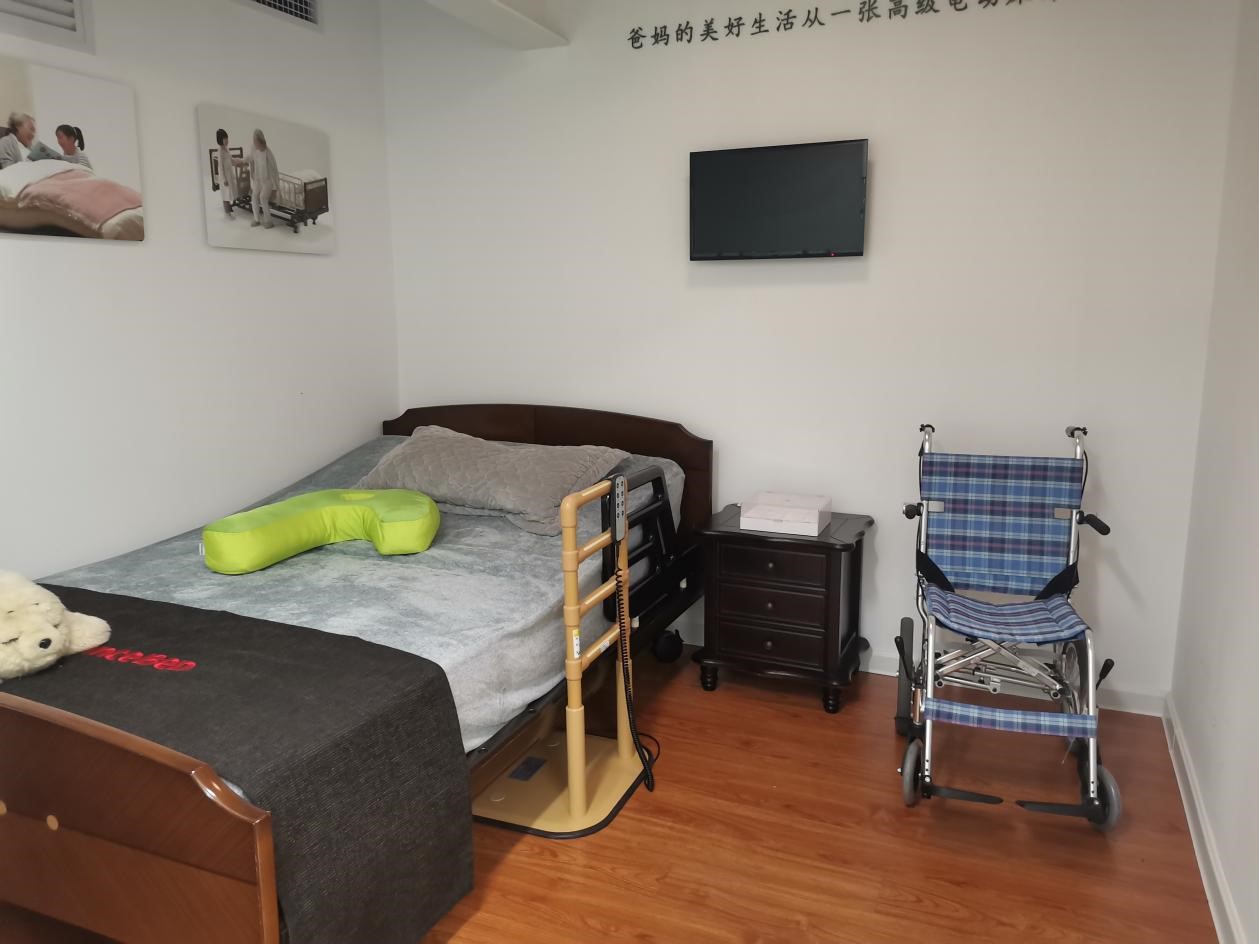Creating a safe home environment is crucial for the well-being of our elderly loved ones. As family caregivers, it’s our responsibility to ensure that their living spaces are free from hazards that could lead to accidents or injuries. This elderly home safety checklist serves as a guide to help you identify and address potential risks, ensuring that your loved ones can enjoy their golden years comfortably and safely.

Understanding the Importance of Home Safety for Seniors
As we age, our bodies undergo various changes that can affect mobility, balance, and overall health. These changes make seniors more susceptible to accidents, particularly within their homes. According to the CDC, falls are the leading cause of injury among older adults, and many of these incidents occur at home. By implementing an elderly home safety checklist, we can significantly reduce the risk of falls and other accidents, providing peace of mind for both seniors and their caregivers.
Key Components of an Elderly Home Safety Checklist
1. Fall Prevention
Fall prevention is a critical aspect of home safety for seniors. Ensure that all walkways and hallways are clear of clutter and that floors are free of slippery rugs or uneven surfaces. Install handrails on stairs and in bathrooms to provide additional support.
Consider using fall detection systems that do not require cameras to maintain privacy while ensuring safety.
2. Bathroom Safety
Bathrooms are a common area for accidents due to slippery surfaces. Install grab bars near the toilet and in the shower or bathtub. Use non-slip mats and ensure that the bathroom is well-lit.
3. Kitchen Safety
In the kitchen, ensure that frequently used items are within easy reach to prevent overreaching or climbing. Check that all appliances are in good working order and that smoke detectors are installed and functioning properly.
4. Lighting and Visibility
Proper lighting is essential for preventing accidents. Ensure that all areas of the home are well-lit, especially staircases and hallways. Consider using nightlights in bedrooms and bathrooms for added visibility.
5. Fire Safety
Install smoke detectors and carbon monoxide detectors throughout the home. Keep a fire extinguisher in an accessible location and conduct regular checks to ensure it is in working order.
Implementing Technology for Elderly Home Safety
With advancements in technology, there are numerous IoT sensors and devices available that can enhance home safety for seniors. These include smart doorbells, motion sensors, and remote monitoring systems that allow caregivers to keep an eye on their loved ones from a distance.
Additional Tips for a Safe Home Environment
1. Regular Home Inspections
Conduct regular home inspections to identify and address any potential hazards. This includes checking for loose carpets, faulty electrical cords, and other safety issues.
2. Medication Management
Ensure that all medications are stored properly and that seniors understand their dosages. Consider using pill organizers or automated dispensers to prevent medication errors.
3. Emergency Preparedness
Develop an emergency plan that includes contact information for family members, healthcare providers, and emergency services. Ensure that seniors know how to reach help in case of an emergency.
Conclusion
By following this elderly home safety checklist, you can create a secure and comfortable living environment for your loved ones. As caregivers, it’s our duty to ensure their safety and well-being, allowing them to enjoy their independence with confidence.

FAQs
1. Why is home safety important for seniors?
Home safety is crucial for seniors to prevent accidents and injuries, allowing them to live independently and comfortably.
2. What are some common home hazards for the elderly?
Common hazards include slippery floors, poor lighting, loose carpets, and lack of handrails in critical areas.
3. How can technology help in ensuring home safety for seniors?
Technology such as smart elderly care solutions and remote monitoring systems can help caregivers monitor seniors and provide timely assistance.
For more tips on home safety for seniors, visit NiceNet.
This article contains affiliate links. We may earn a commission at no extra cost to you.






